Increasingly, I get questions about my opinion about the issue of Air Taxi, Urban Air Mobility. So let’s do a bit of a reality check.
Part 1: Learning From the Past
Flying My First Helicopter
 Rarely known fact, but from age 11/12 I grew up practically on the premises of the U.S. 1st Infantry Division’s “forward complement” in Germany. I’ve spent likely more time there than with my family or German friends. And they had helicopters; Bell UH-1D, the “workhorse” of the time. Even less known fact, my best friend during those years was one of the top “IT” guys working for NATO’s CENTAG, the Central Army Group, in Heidelberg. You would call them nerds today. At those times, those were simply “the computer guys”. It may explain you a bit what triggered my career?
Rarely known fact, but from age 11/12 I grew up practically on the premises of the U.S. 1st Infantry Division’s “forward complement” in Germany. I’ve spent likely more time there than with my family or German friends. And they had helicopters; Bell UH-1D, the “workhorse” of the time. Even less known fact, my best friend during those years was one of the top “IT” guys working for NATO’s CENTAG, the Central Army Group, in Heidelberg. You would call them nerds today. At those times, those were simply “the computer guys”. It may explain you a bit what triggered my career?
But let’s say there are stories, when I was dropped of early morning by helicopter on our family-friend’s rural farm. Or that I actually steered the first helicopter age 16. And it led to my applying for a helicopter pilot career with the German Armed Forces. Denied as at the time my eyes were to bad (-6D) and laser-corrections not available 😥 So I had and have to date a sweet spot, when it comes to helicopters…
New York Helicopter Services
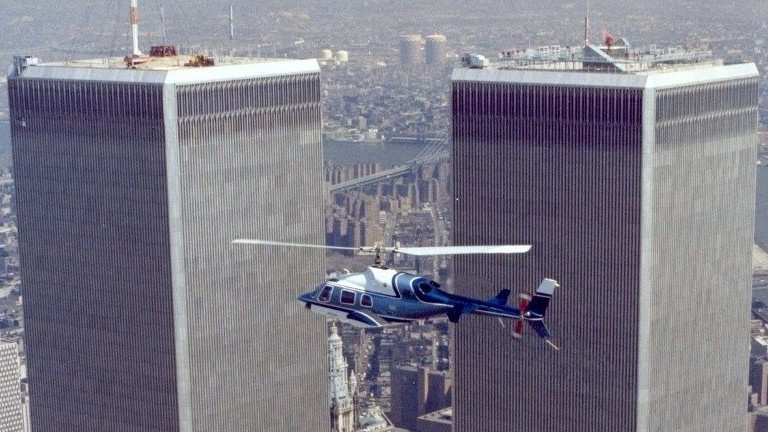 Better known is that I started my aviation career with American Airlines. One of my jobs there was to handle special requests from the HQ’s international sales office. Developing a friendship to date one of my most treasured ones, thanks Colleen. One of the jobs that came along with that was also the responsibility to book the shuttle flights with New York Helicopters to the Manhattan heliports.
Better known is that I started my aviation career with American Airlines. One of my jobs there was to handle special requests from the HQ’s international sales office. Developing a friendship to date one of my most treasured ones, thanks Colleen. One of the jobs that came along with that was also the responsibility to book the shuttle flights with New York Helicopters to the Manhattan heliports.
Even back in those times, that was nothing for the small wallet, helicopters are some of the most costly ways to fly. Back then. Today.
Fly-In Communities
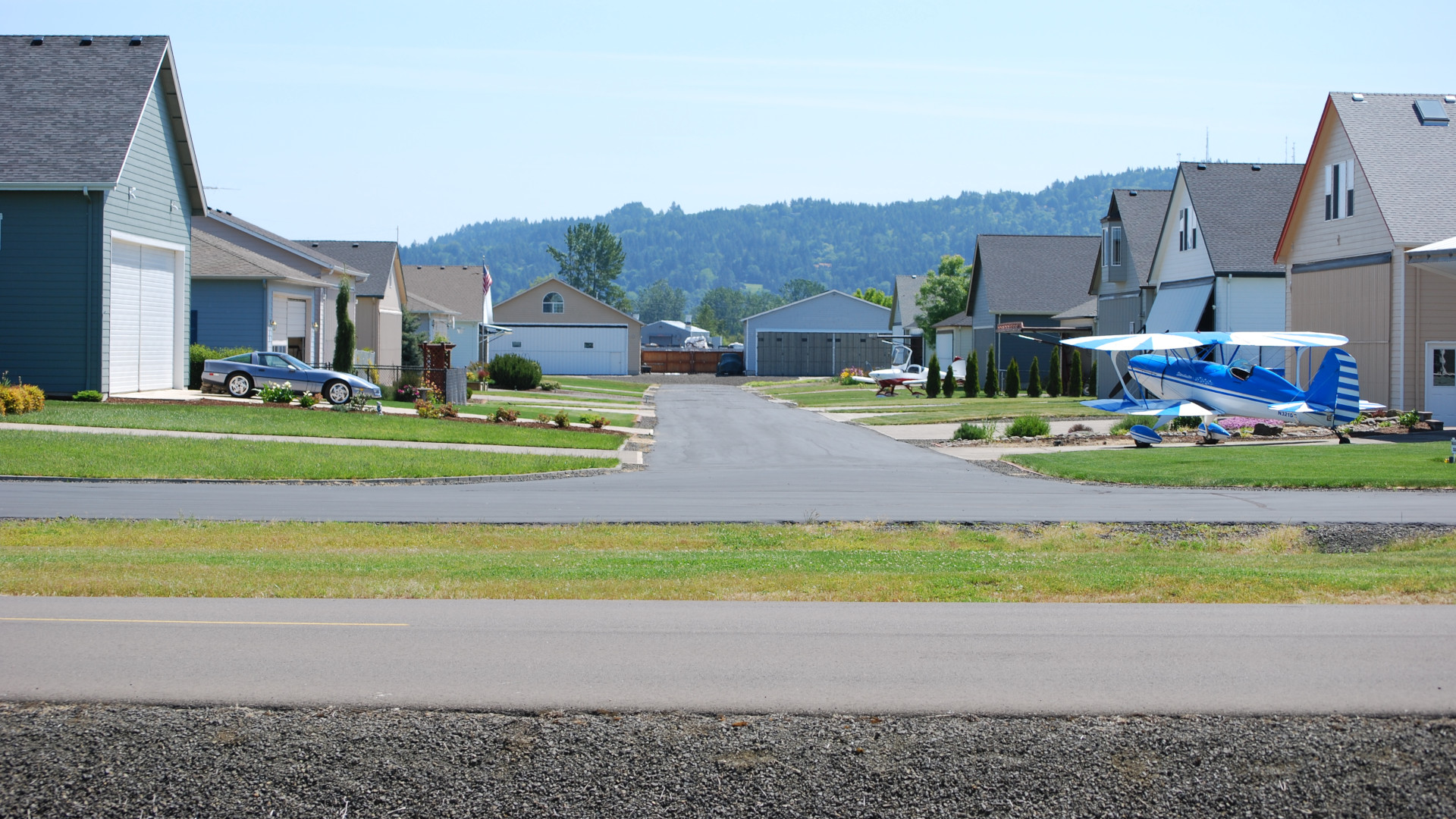 The same time, there was a big buzz about new Fly-In communities or “residential air parks”. Take your own little plane to fly to work. A hangar instead of the garage…
The same time, there was a big buzz about new Fly-In communities or “residential air parks”. Take your own little plane to fly to work. A hangar instead of the garage…
Again, that was an expensive niche, only very few could afford.
Best of Two Worlds: The Osprey
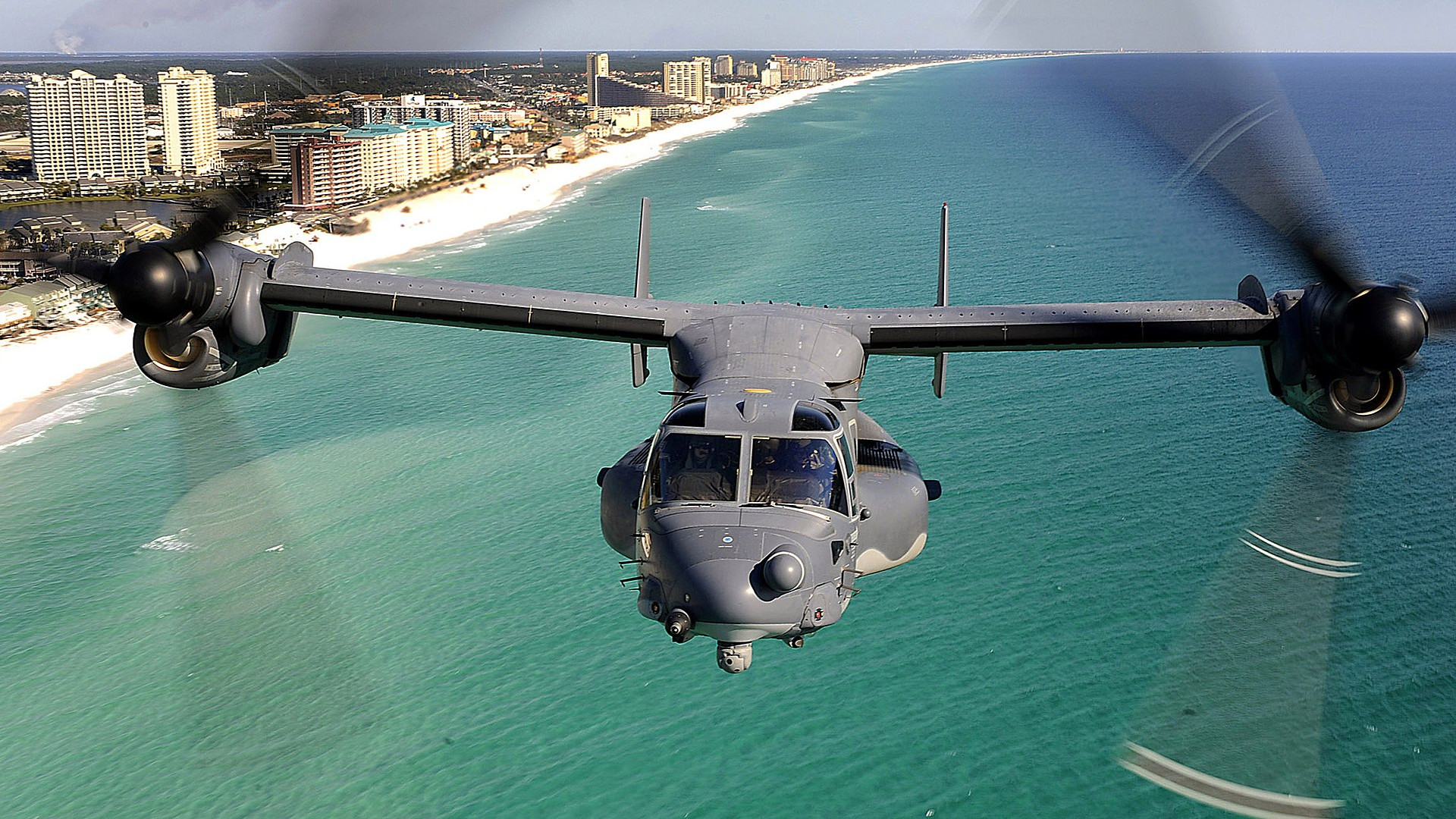 With all their abilities at short range and hovering in the air, Helicopters have three shortcomings. Range. Speed. And Cost of Operation.
With all their abilities at short range and hovering in the air, Helicopters have three shortcomings. Range. Speed. And Cost of Operation.
That led to the development of the Bell Boeing V-22 Osprey. The “tilt” rotor allowing for vertical take-off and landing or helicopter-style flying, whereas tilted, they turned into classic propellers on wings. That allowed for larger speeds and more economic fuel consumption with the wings taking most of the “lifting”.
Part 2: Urban Air Transport + Air Taxi
Introduction
The number of air taxi developments is large. From the pioneering work at Lilium and Volocopter to more mainline developments by the traditional aircraft makers like Embraer’s Eve Air Mobility, CityAirbus by Airbus, and many more. They all have in common, that they promote the “large numbers” of such vehicles in the future. And because they fly electric, they got to be sustainable, sure. Why not?
The Greenwashing Lie
I addressed this in the Whitepaper on #Greenwashing. Another issue addressed recently was the question of the energy per passenger kilometer. As it is rather ineffective to fly VTOL (vertical Take-Off and Landing). Which brings us back to the Sustainability-Energy Dilemma.
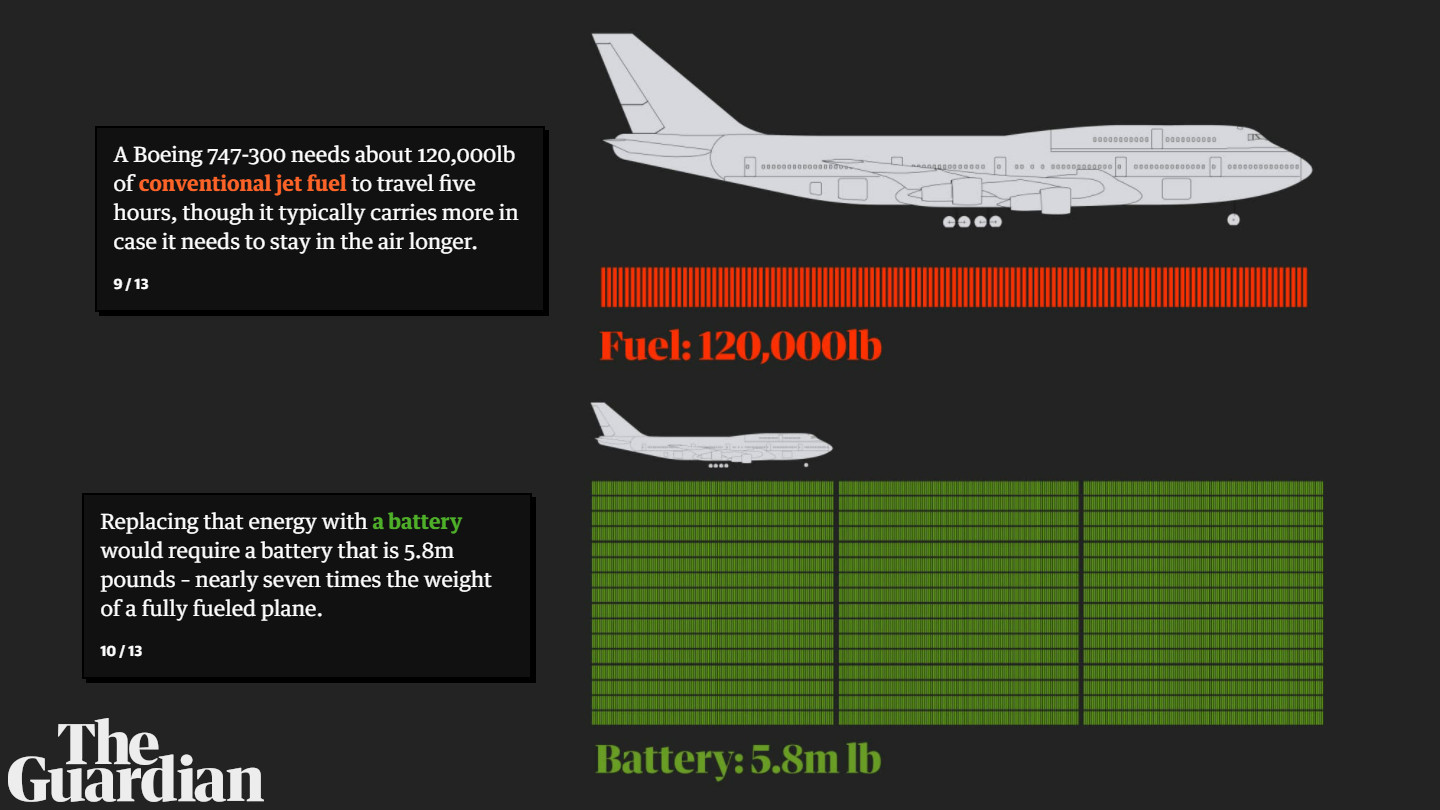 Boeing pulled out of Zunum, as a future electric aircraft could either transport up to 50 passengers or 300 mi/500 km. There is also an interesting visualization by The Guardian on the cost of battery weight vs. reach.
Boeing pulled out of Zunum, as a future electric aircraft could either transport up to 50 passengers or 300 mi/500 km. There is also an interesting visualization by The Guardian on the cost of battery weight vs. reach.
Aside, batteries come with their own devastating sustainability footprint, even if one does not mention the inhuman mining for cobalt, lithium and rare earth, I do recommend for many years now the article by National Geographic on the topic. And even if new batteries use different chemicals, that mining problem didn’t improve. With companies demanding those chemicals at ultra-low prices, it reminds me of clothing from Bangladesh.
Air Traffic Control
 The industry started addressing the idea of a Single European Sky (SESAR) in 2004. And while all industry seeks to get rid of the air space traffic congestions and removing the “highways in the air” (very well visible on the image), we are still in the development phase… The same is part of Airport Collaborative Decision Making, trying to improve the aircraft flow and which goes beyond the airport turn-around but also tackles arrival and departure management.
The industry started addressing the idea of a Single European Sky (SESAR) in 2004. And while all industry seeks to get rid of the air space traffic congestions and removing the “highways in the air” (very well visible on the image), we are still in the development phase… The same is part of Airport Collaborative Decision Making, trying to improve the aircraft flow and which goes beyond the airport turn-around but also tackles arrival and departure management.
Now it’s not just me (see below) wondering how Air Traffic Control (ATC) would react in reality, if there would be tens or hundreds of air-taxis trying to access the “restricted air space” around airports. While automated processes might help to convince ATC to allow for such traffic. But there is a major challenge and I do not see many ANSPs (Air Navigation Services Providers) ready to address that challenge. So some airports/regions may force the ANSPs to comply, but the majority I see a bureaucratic night mare if you add more than 10 or 20 such “movements” to the airport an hour… If I look at any larger airport at their taxi lines and assume those to be “airborne”, it “naturally” triggers doubts.
The other idea, fancied so far by the U.S. FAA (source below in the SimplyFlying reference) is to have uncontrolled air space above the cities. This is so ignorant of realities, it’s frightening to hear something like this from world’s leading ANSP, respectively their “experts”.
Air Space Congestion + Safety
 Now having ATC already having concerns about the safety operating at airports, what happens if two such fully automatic air taxis collide mid-air over a populated city?
Now having ATC already having concerns about the safety operating at airports, what happens if two such fully automatic air taxis collide mid-air over a populated city?
What happens if the engines fail. There is a reason, the airspace of metro city complexes is restricted. Remember Sully’s flight ending up ditching in the river, given their were no other landing sites for him crossing Manhattan.
The picture is from a private airplane crashing short of Orange County Airport in California on the freeway. Causing major traffic jams and congestion. But that was one private airplane. What if we have thousands of air taxis traveling across our megacities, hundreds at any given time…?
Downtown Vertiports + Vertispots
 Can you truly imagine vertiports with hundreds of air taxis taking off and landing within the hour? Or “vertispots”? Something implied everywhere, I fail to see addressed anywhere. Landing like the taxi just infront of the door (or on the roof) of your destination? This is not a bus serivce, it’s “air taxi” 😱 From the implication by those startups, it is not their idea to transport only from a few points on the map to other points on the map. But more like an Uber-thing, where you catch your air taxi on the street and let it take you “home”, to the next shopping center, appointment or “to the office”.
Can you truly imagine vertiports with hundreds of air taxis taking off and landing within the hour? Or “vertispots”? Something implied everywhere, I fail to see addressed anywhere. Landing like the taxi just infront of the door (or on the roof) of your destination? This is not a bus serivce, it’s “air taxi” 😱 From the implication by those startups, it is not their idea to transport only from a few points on the map to other points on the map. But more like an Uber-thing, where you catch your air taxi on the street and let it take you “home”, to the next shopping center, appointment or “to the office”.
The Vertiports are mainly suggested as points where loading infrastructure and maintenance is centrally available. Compare that to a repair shop for your car. Except… Which brings me to
Maintenance + “Administrative Overheads”
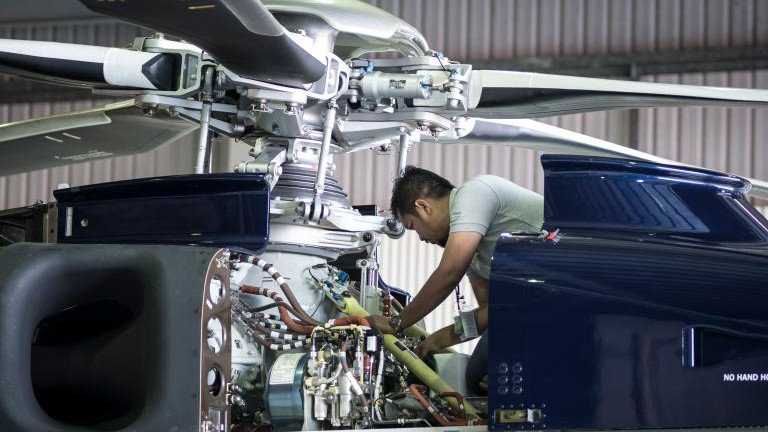 Checking cycles and demands in aviation are far more complex. How about the “line maintenance” and the cost per it per vehicle? Recently Embraer promoted their vision for sustainable, commercial regional aviation: Sustainability in Action. Promoting 6-19 seat aircraft. Which is commercial suicide. No matter how cheap you can operate, they are not like “your car”, they require maintenance and management, sales and marketing and all those other little cost factors that airline put on “per aircraft” and “per seat”. It’s called “Flight Operating Cost (FOC) and (administrative) Overheads”.
Checking cycles and demands in aviation are far more complex. How about the “line maintenance” and the cost per it per vehicle? Recently Embraer promoted their vision for sustainable, commercial regional aviation: Sustainability in Action. Promoting 6-19 seat aircraft. Which is commercial suicide. No matter how cheap you can operate, they are not like “your car”, they require maintenance and management, sales and marketing and all those other little cost factors that airline put on “per aircraft” and “per seat”. It’s called “Flight Operating Cost (FOC) and (administrative) Overheads”.
Aside the excessive energy demands for VTOL flying, those cost are nowhere mentioned. That is like you buy a car and don’t bother about the cost for gasoline, checks and repairs. How long will you drive the car? Two, three years? Then you’ll have a harsh wake-up call, likely ending on the side of the street calling the service. Maybe needing a new engine. Again, the ongoing maintenance in aviation is quite a bit more demanding than a car. While a break-down with the car will likely have you end on the side-line, it ain’t that easy for an aircraft. Aside the disruption and rippling effect this has, even if it’s 100% automated. Of which I haven’t heard of either, right?
Well. And while they account for redundancy, there are not one or two but a large number of propellers and engines and fault-parts on those drones, ain’t there?
Rural Area Transport
 Another use case I keep hearing when questioning air taxi is the use in rural regions. Okay. Let’s think about this.
Another use case I keep hearing when questioning air taxi is the use in rural regions. Okay. Let’s think about this.
Let’s for example consider winter in Germany, transport from/to the North Sea islands. Ferry, as the weather doesn’t allow for planes. Oops.
How about Siberia? Chicago or New York in winter? Quite honestly, I see more likeliness for a hyperloop, operating in a closed pipe, preferably underground, than an “air taxi”.
Then the air taxi reaches the patient in the Australian Outback. But sorry, it takes two hours to recharge the batteries for the return flight. Yes, we have a SynFuel facility and can gas the helicopter in five minutes, no problem.
In fact, all reports I see and find on this is about plane drones delivering packages there. I’ve not seen a single use case for “rural air taxi” in Africa, Siberia or other “remote” regions.
The Three Biggest Fears of Our Generation
 Well… Did anyone consider the need to charge those air taxis? If they did, they understand that they need additional aircraft just to cover up for their short ranges. So you need a second one, while the first one is charging. Maybe a third one being in planned maintenance?
Well… Did anyone consider the need to charge those air taxis? If they did, they understand that they need additional aircraft just to cover up for their short ranges. So you need a second one, while the first one is charging. Maybe a third one being in planned maintenance?
What if the drone operator is out of reach, communication blackout. With passengers on board? And what about low charge, when no other drone to switch to is in sight. How long does one battery load hold? There’s a reason why they plan those toys only for urban areas?
Part 3: Further Reading
There were three notable assessments recently about Urban Air Taxi, I recommend reading.
McKinsey
 The first having been the online report by McKinsey on Advanced Air Mobility (AAM).
The first having been the online report by McKinsey on Advanced Air Mobility (AAM).
They question that “Fleet sizes are expected to be bigger than those of a typically commercial airline, and the number of AAM flights could be greater by an order of magnitude—approximately 2,200 per day for the largest airlines versus about 20,000 per day for AAM operators.”
They also address that the startups envision high-throughput vertiports and their location. Most passengers won’t book in advance, a challenge to network and fleet planning. Ground Operations and Maintenance are other topics for them, as well as the check-in process they address as “passenger experience”. Reminded me all-to-much of my check-in articles. And we have not come a single step closer to those ideas I addressed 2011 and 2014… But sure I addressed them for Kolibri 😏
What I also liked is their assumption of initial pilot-demand and that those AAM will be operated by drone-operators remotely one day. Rings a bell, I keep voicing my own opinion that we will replace the “2nd in command” in the cockpits with a drone-pilot at the airline’s operation center. But I also think there will be also a lot of fully-automated processes, requiring no longer any human pilot. In fact, for urban air taxi I assume this to be not just an option, but a requirement by air traffic control. Along with the option to enforce grounding of single or all air taxis.
SimpleFlying
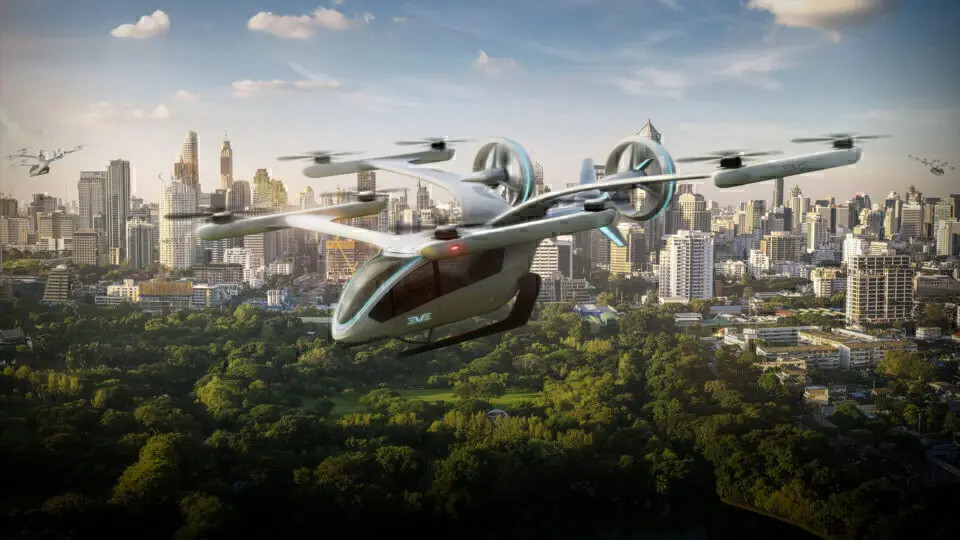 Another nice summary on Air Taxi was published on SimpleFlying, based mostly on another study by Deloitte.
Another nice summary on Air Taxi was published on SimpleFlying, based mostly on another study by Deloitte.
After a promotion for the technology, they finally address the Challenges. They see six challenges, where that list is sure neither complete: Safety, infrastructure, air traffic management, technological maturity, psychology and regulations. Then they add issues like battery capacity and the necessity of very big up-front funding.
But then comes a nice example of the naivety that drives that development so much: “On the plus side, the FAA released its first concept of operations for air mobility in 2020, a large stride closer to making eVTOL air taxis a reality. This early roadmap for eVTOL operations plans to establish ‘UAM corridors’ within cities that allow air taxis to travel without relying on air traffic control.”
Well… Please. Uncontrolled UAM corridors? Really? I can guarantee that once their was a first minor incident, this assumption is down the toilet flush. Though it is also confirming my assumption that if urban air transport (air taxis, delivery drones, etc.) will take up speed, there will be no, such as zero manual flight, it will all be 100% automated. And that is beyond anything I see planned either by the developers of those fancy aircraft, nor by ATC. It would likely be easier to 100% automate civil air travel as we have it today, but why is it not? Not even for domestic or regional aviation.
AERO INTERNATIONAL
The other one was the Editorial in print issue 12/2021 by German’s No.-1 aviation magazine Aero International, kindly having approved this full transcript-translation:
 Far From the Great Promises
Far From the Great Promises
Already from the start, the editors of AERO INTERNATIONAL hat problems with the global excitement for Urban Air Mobility, being the idea that – very much simplified – electric powered vertical take-off aircraft would revolutionize the traffic of our city centers. Maybe we will once regret our skepticism. You don’t want to end as Emperor Wilhelm II, attributed with the quote “The automobile is a temporary phenomenon. I believe in the horse.”
But the calculations by Porsche Consulting, presented by AERO International writer Heinrich Großbongardt in his status report on the topic from page 44, are disillusioning: It becomes utterly clear, that air taxis will not be able to contribute much to the relieve of the street traffic – and that they will be especially very expensive. No way that will become a mode of transport for the general public, more like a luxury for special cases and the super rich.
It is startling, that two aspects of Urban Air Mobility are hardly discussed, which anyone remotely versed on aviation should recognize instantly. The one is the usability in any kind of weather. Sure: On most days delivery drones and air taxis could operate also in the climate of Central Europe or the U.S. American East Coast without any problems. But in storm, winter (icing) or fog it gets more difficult. What then? Then thousands of delivery trucks and taxis are released from their underground depots, where they are being kept for case of bad weather?
The second aspect is the safety. In aviation and especially in commercial passenger transport – for good reason – the highest safety standards apply. They cause that the certification of aircraft, but also of airfields and handling personnel is following strict regulations and are highly demanding. The majority of companies pushing the development of air taxis have no experience with the certification of aircraft. Fancy computer animations and a handful of prototypes are on thing – a ready aviation product something very different. The visions of a thousandfold of UAM traffic con only be realized – as it looks today – if we toss any of the safety standards in aviation overboard.
Also the ecological friendliness of the aircraft can be doubted. The sustainable sourced energy for loading the batteries must first be generated in sufficient amount. And then there is still the life-cycle-assessment for the manufacture and the operation.
Investments in the Billions
Nevertheless the investor money is flowing in the billions. Where do we have our thinking mistake, that slows our enthusiasm? So far, we have not found an answer to this question.
Sincerely yours,
Thomas Borchert
[Editor in Chief]
Summary
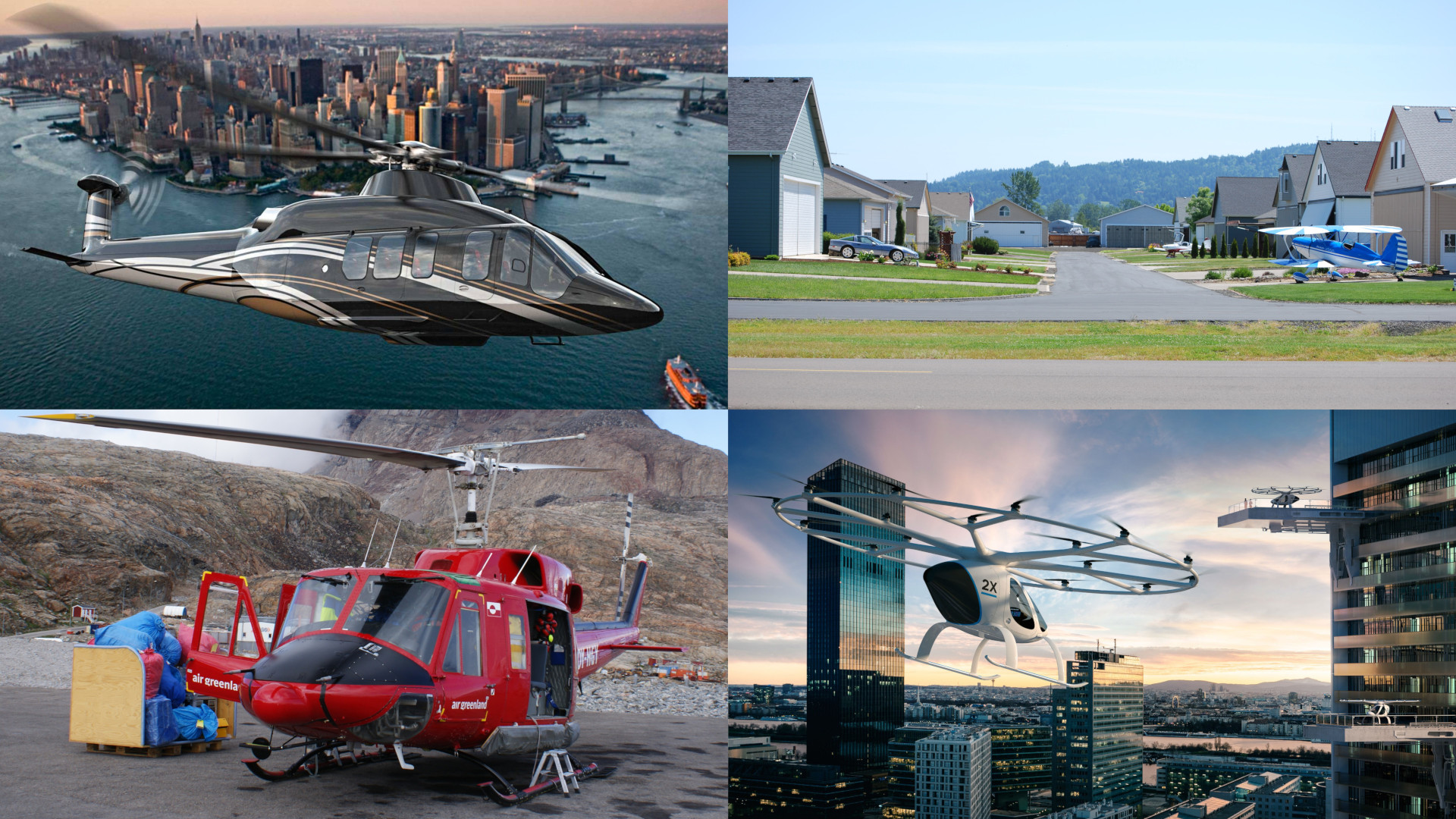 In my humble opinion, air taxi is a barrel burst. Like this last editorial by Thomas Borchert, it’s beyond me what I might have missed. Air Taxis might replace helicopters. Or some of them. There may be additional services like an air taxi service on fixed routes. Those most likely connecting neighboring city centers or larger points of interest (like city center to airport). But the cost of operation will be very high, so it will be a luxury issue. Back to helicopters. Or to public mass transport.
In my humble opinion, air taxi is a barrel burst. Like this last editorial by Thomas Borchert, it’s beyond me what I might have missed. Air Taxis might replace helicopters. Or some of them. There may be additional services like an air taxi service on fixed routes. Those most likely connecting neighboring city centers or larger points of interest (like city center to airport). But the cost of operation will be very high, so it will be a luxury issue. Back to helicopters. Or to public mass transport.
It’s always cheaper to transport many people than one. Or 100 instead of 16 times six. How to transport one – or six – is a question we daily see addressed on business aviation. For which they are business cases, but those are not the mass of people that those air taxi developers envision.
The other area where air taxi can be useful is to connect rural areas in the global temperate zones. Again, given the cost for an air taxi compared to a scheduled bus service or a normal street taxi will not make this too likely.
Sure there are business cases for Air Taxi. Just not in this scale. My bets remain on commercial aviation and public mass transport systems. We will see some changes given the current pandemic. Or future, other black-swan events… In the end, it is about the cost per kilometer or mile per passenger. There are markets and use cases for helicopters. They may be challenged by those new air taxis. But their operational efficiency and range will likely make them hard competitors.
But as McKinsey also questioned, it’s hardly imaginable, how that should work with thousands of air taxis roaming cities skies. Even with the billions of funding they burn.
Food for Thought
Comments welcome!
Comments
The final report about the crash of the Joby prototype came out (thanks Tim for pointing me to it): https://theaircurrent.com/industry-strategy/joby-accident-regulatory-divide-easa-faa/. Full article is behind a paywall, but the available part already confirms a major concern addressed in the Whitepaper: So a propeller blade got lost, damaging the next rotor, such causing a crash? Consider this scenario above Times Square or another urban city center… Yes, it was a prototype operating beyond “design specifications”, but yes, it proves my point made here.